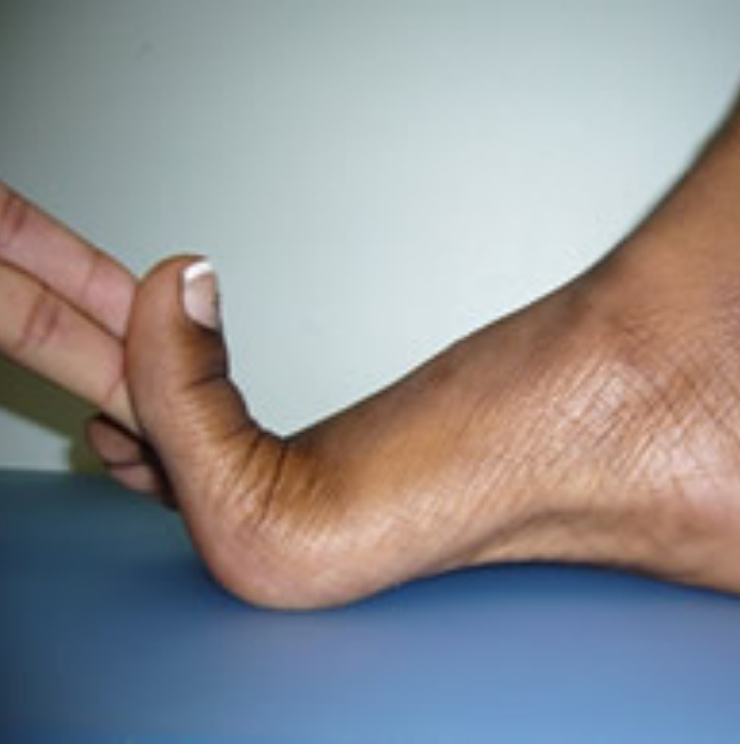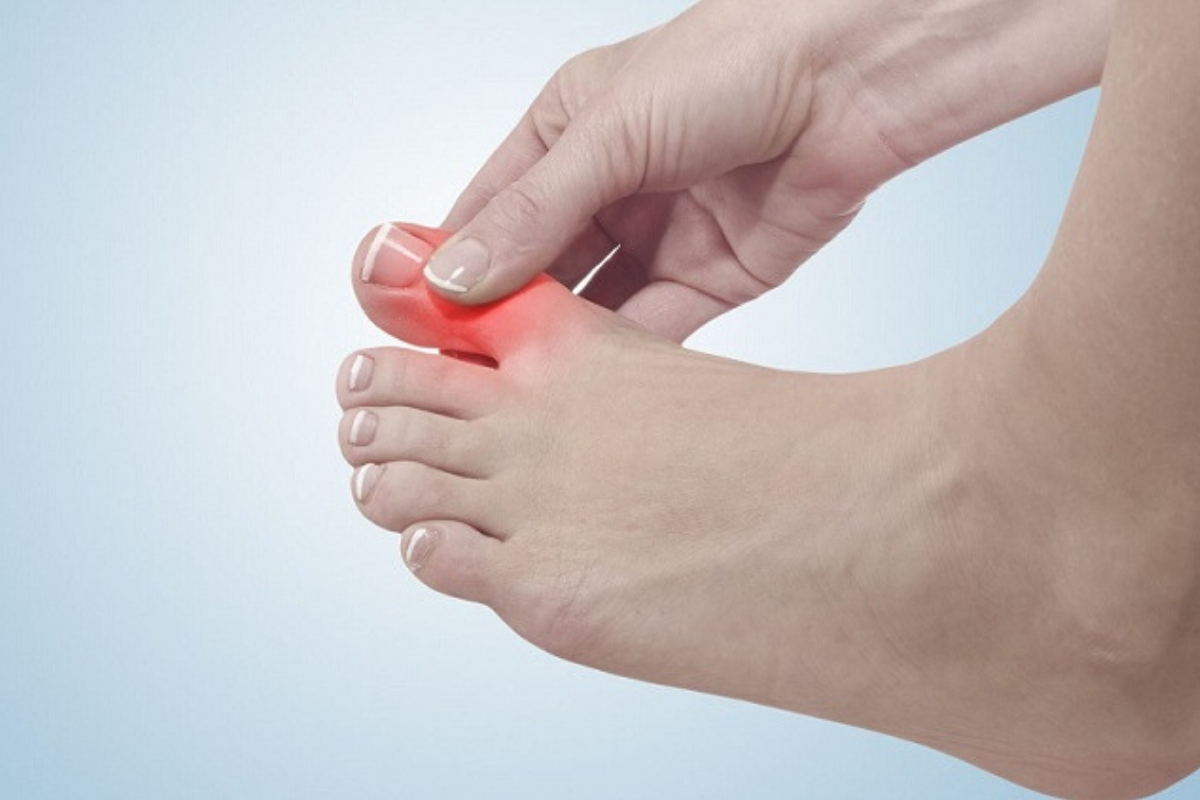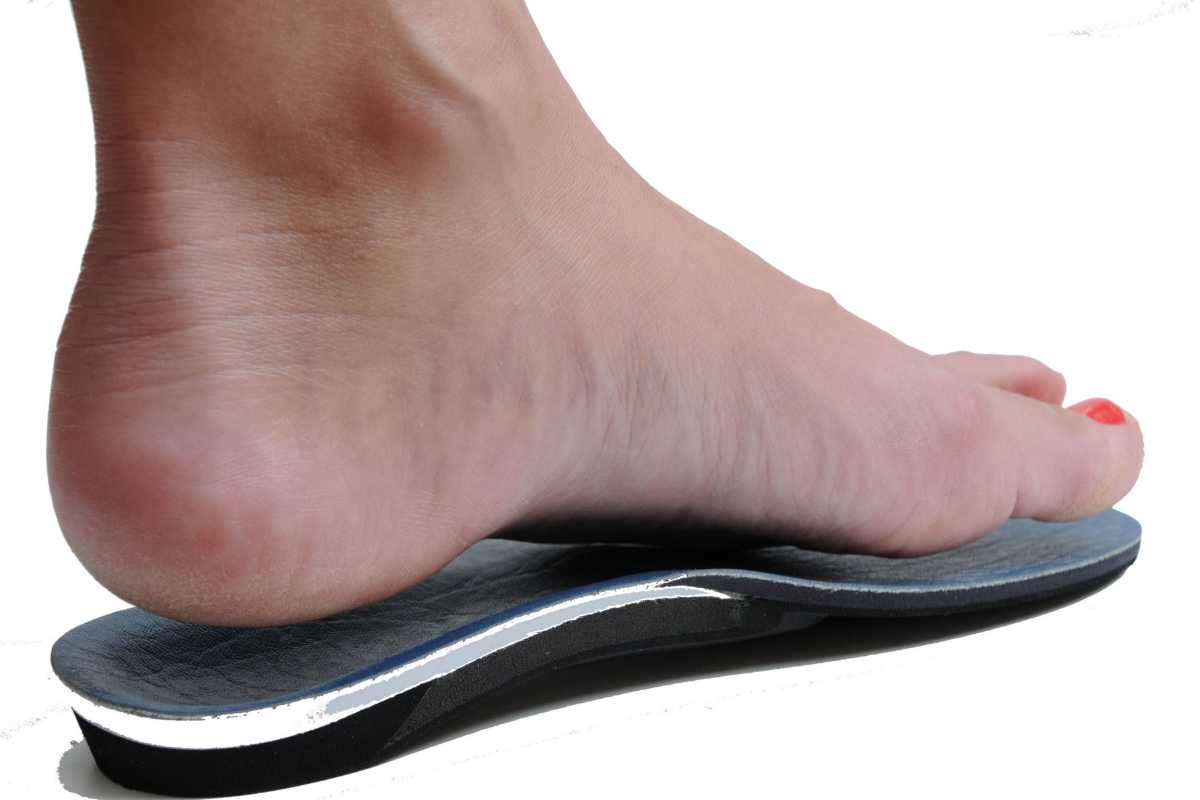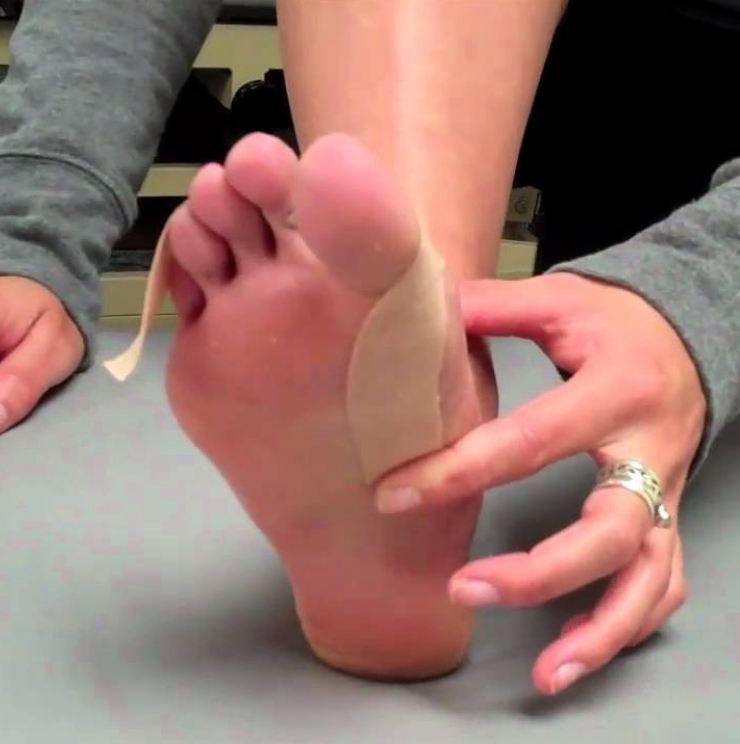Do you require any assistance? Simply reserve your appointment online below
Stiff big toe
Keeping you on your toes
Stiff big toe scientifically known as hallux rigidus is an arthritic condition characterized by stiffness and rigidity of the big toe. Arthritis of the foot commonly occurs at the big toe base. The condition can be quite painful as the big toe must bend with every step you take.
Technically a form of degenerative arthritis, Hallux Rigidus can wear out the cartilage in the joint that it affects.
If you have pain, stiffness and or limited movement in the joint where your big toe (the hallux), joins your foot, you may be suffering from hallux rigidus. Contact us today to determine which treatment option might work best for you.

Symptoms of stiff big toe

Some common stiff big toe symptoms include:
- Pain
- Swelling
- Stiffness (sometimes the result of weather)
- Bump on top of the big toe
Causes of stiff big toe
The condition may occur due to age related wear and tear or an injury sustained at the joint between the big toe and the foot (metatarsophalangeal joint). This can lead to loss of the cartilage from the joint which provides a cushioning effect and allows smooth movement and flexibility of the big toe. The bones rub against each other causing pain and the development of bone spurs that further restrict toe movement. Hence, the toe becomes stiff and walking is painful.
Hallux rigidus may develop because of injury or overuse of the joint, such as in workers who have to stoop and squat or athletes who place a great deal of stress on the joint.
For some, hallux rigidus runs in the family and comes from inheriting a foot type or a way of walking that may lead to this condition.
Diagnosing the stiff big toe (Hallux Rigidius)
Foot and ankle specialists at NSOC are highly qualified to examine, diagnose, and treat arthritic conditions of the foot such as hallux rigidus. They will discuss your symptoms in detail and perform a physical examination to accurately diagnose the extent and stage of your condition.
X-rays will be ordered to look for any bone abnormalities or or bone spur development and loss of joint space that may have occurred.

Treatment options
Reduce pain & improve function

Treatment of hallux rigidus often has to be surgical but the joint can be made more comfortable with an appropriate shoe modification.
The principle with orthotic management is to offload the big toe during walking. To treat the pain in the big toe joint, the following measures can be adopted:
Shoes can be modified by stiffening the sole, inserting a stiff orthotic arch support in the shoe and adding a small rocker effect (called a metatarsal bar) that is glued to the bottom of the sole of the shoe.
Wearing shoes with plenty of room for your toes and placing pads in your shoe to limit movement of your big toe helps ease pain.
- Thin-soled shoes and high heels aggravate this condition because more stress is placed on the joint, increasing pain.
High-impact activities, such as jogging should be avoided
Taking non-steroidal anti-inflammatory medications, such as ibuprofen, help relieve the pain and reduce swelling in your big toe. But if pain persists, then your doctor may recommend corticosteroid injections into the joint.

Relief for your pain
Surgical treatment of stiff big toe

If these non-surgical treatment modalities do not provide relief, then your podiatrist will discuss your surgical options which may include:
- Cheilectomy: Removal of bone spurs as well as a small portion of the bone from the foot to allow more toe movement. It is usually recommended in mild forms of the disease.
- Arthrodesis: Fusing the toe to the foot. It is usually recommended if the cartilage is severely eroded and movement of the toe is very painful.
- Arthroplasty: Replacement of the metatarsophalangeal joint with an artificial one. It is usually performed in older patients with few functional demands.
